Tire size can be confusing. Some numbers on the sidewall are listed in millimeters while others are inches. Plus, the right size for your car, truck, or trailer can differ depending on where and how you drive.
You can see your original equipment tire size in your owner’s manual or on the placard generally located on the driver’s side door jam. This is the sizing recommended by the vehicle manufacturer.
If you’re interested in switching out your tires for a different look or performance, a good place to start is the numbers and other indicators on your existing tires’ sidewall. Next, have a tire professional help you determine a tire size range that will fit your vehicle and driving needs.
Here’s what those numbers and indicators on the sidewall indicate and how to understand them:
A: TIRE TYPE The first letter in the code tells you what class of tire it is.
P stands for passenger vehicle tire. P-class tires include cars, SUVs, crossovers, minivans and smaller pickup trucks.
LT means light truck tire, designed for vehicles that are capable of carrying heavy loads, towing trailers, or for those looking for an extra heavy duty option. These are often equipped on three-quarter or 1 ton trucks and SUVs.
ST stands for Special Trailer. These tire sizes are meant for trailers, including fifth wheels and other travel trailers, as well as boat and utility trailers.
If there’s no letter before the first number, you have a metric tire most commonly referred to as European size. It’s also measured in millimeters but may have a different load capacity than a P or LT tire.
B: TIRE WIDTH The three-digit number following the letter is the tire’s width (from side to side, looking at the tire head on) in millimeters. This may also be referred to as the section width.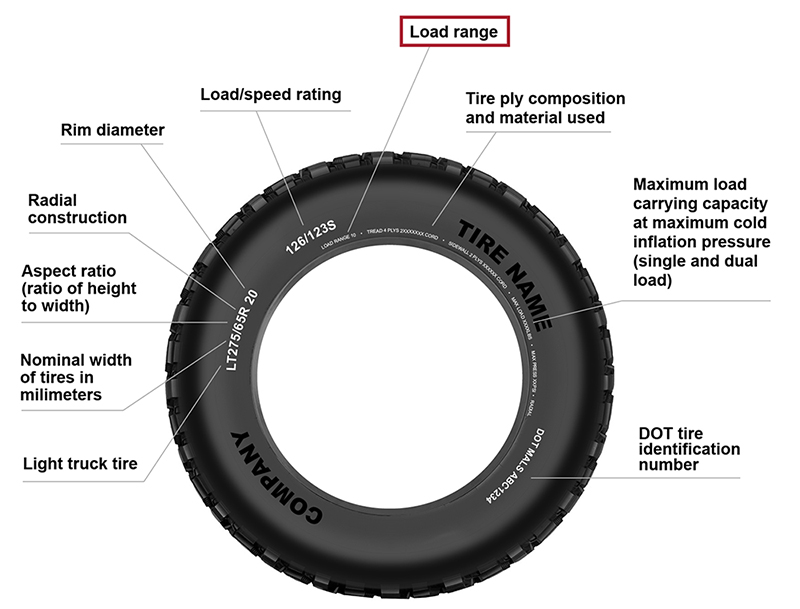
C: ASPECT RATIO The forward slash separates the tire width number from the two-digit aspect ratio. The bigger the aspect ratio, the higher/taller the tire’s sidewall, or “profile” as it’s sometimes called.
The aspect ratio is indicated on the tire sidewall as a percentage. It’s the height of the sidewall measured from wheel rim to top of the tread, expressed as a percentage of tire width.
In this example, the aspect ratio is 65, meaning the sidewall is 65 percent as high as the tire is wide. To get the sidewall height, take the tire width of 215 mm and convert it to inches (8.46). Then multiply this by 65% (.65). This gives you an answer of 5.5, the sidewall height in inches.
D: CONSTRUCTION TYPE This single letter tells you about the internal construction of the tire.
R is for radial tires, the industry standard for most tires today. They have better road grip, lower rolling resistance for better gas mileage, ride comfort and durability than previous generations of tires.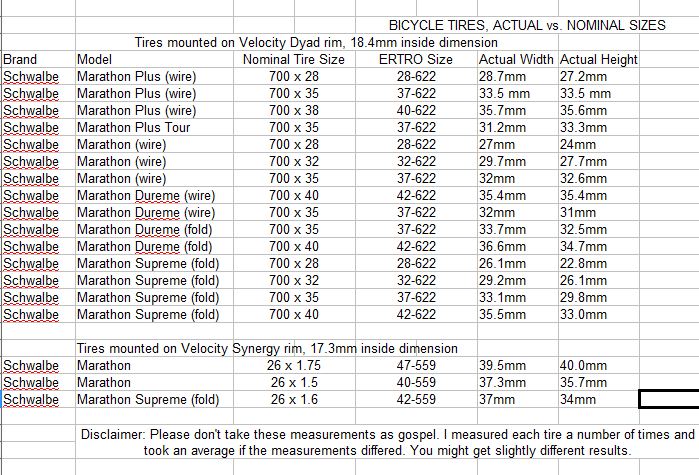 In a radial tire, the plies — layers of strong cords made of a blend of polyester, steel and fabric and coated with rubber — are laid perpendicular to the direction of travel.
In a radial tire, the plies — layers of strong cords made of a blend of polyester, steel and fabric and coated with rubber — are laid perpendicular to the direction of travel.
D is for tires built with diagonal (crisscrossed) plies, called bias-constructed tires. They are also called conventional, x-ply, or cross-ply tires. Some motorcycle and trailer tires still use this internal construction.
Some run-flat tires are identified with an F followed by the type of internal construction.
E: WHEEL DIAMETER This two-digit number specifies wheel diameter in inches. It’s the distance between the two bead seat areas (where a tire gets tightly sealed onto the wheel).
F: LOAD INDEX The two-digit or three-digit number that follows the gap specifies tire load index. The load index symbol indicates how much weight a tire can support, based on the following standard chart. In our example, the load index is 89, which indicates the tire has a load capacity of 1,279 pounds, when inflated to the tire’s maximum air pressure rating.
G: SPEED RATING The last letter is the tire speed rating. This indicates the top speed it’s safe to travel at for a sustained amount of time. A tire with a higher speed rating can handle heat better and provide more control at faster speeds. The maximum operating speed of a vehicle is no more than the lowest speed rating of all tires mounted on the vehicle. (Of course, you should always abide by speed limits for safer driving.) Speed rating is usually, but not always, a single letter (see the chart).
Below you will find several charts that will help you understand tire sizing numbers, including a load index chart and speed rating chart.
A tire size calculator is a quick way to see whether the tire size you’re considering will likely fit your car, SUV, sports car, light truck or crossover.
But remember that is only an estimate. It’s important to stay within the sizing tolerances of your vehicle. Tires that are the wrong size could cause some pull in the steering wheel, rub against the suspension or body of your vehicle, reduce clearance on hills, or result in a stiffer or noisier ride.
Tires that are the wrong size could cause some pull in the steering wheel, rub against the suspension or body of your vehicle, reduce clearance on hills, or result in a stiffer or noisier ride.
If you’re considering mounting a different tire size on your vehicle, check with a tire expert. Find out whether the tires and wheels you have your eye on are the right fit for your vehicle’s suspension, gearing, and bodywork. And ask how any differences in revolutions per mile, tire speed, load index, and speed rating will affect your ride quality and vehicle performance.
See how new tires and rims will look on your car or truck using our Virtual Wheels simulator, available at any Les Schwab.
Find Your Store
When shopping for tires online, you’ll notice the terms load index, load range, and speed rating included within the technical specifications. (You can find these numbers and letters on your existing tires, located after the size of the tire.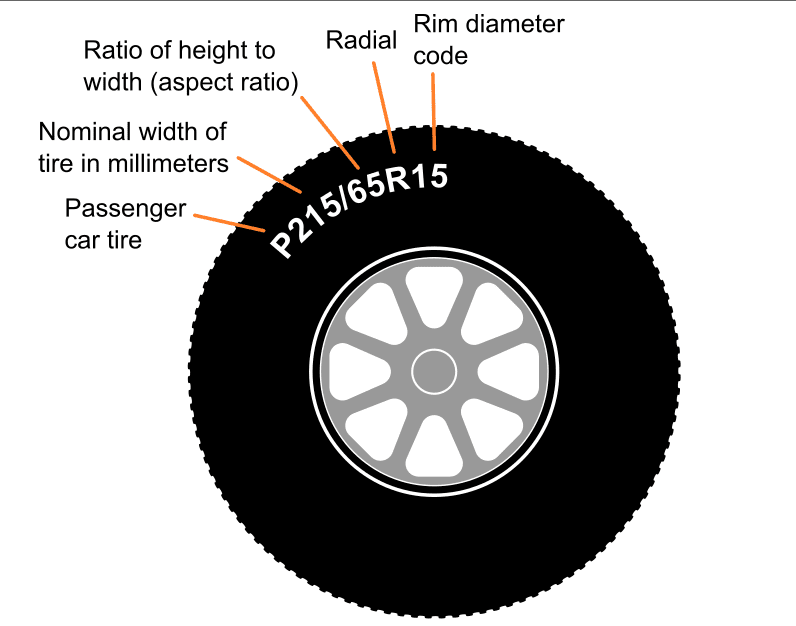 ) Understanding the meaning of load index and load range can help you find the right tire for your vehicle and your needs. As always, the experts at Les Schwab can answer all of your questions about what tires are right for you, but in this quick article, we’ll cover some of the basics of these indicators.
) Understanding the meaning of load index and load range can help you find the right tire for your vehicle and your needs. As always, the experts at Les Schwab can answer all of your questions about what tires are right for you, but in this quick article, we’ll cover some of the basics of these indicators.
Find A Store
The load index of a tire is a number that correlates to the maximum safe carrying capacity of the tire when it’s inflated to its maximum pressure. Higher load index ratings mean your tires will be able to handle a heavier load. In this example, there are two numbers. The higher number (load index) is for single rear-wheel applications. The lower number is for dual-wheel applications. This indicates its load-carrying capacity when inflated to its maximum pressure. Remember, air pressure is what carries the load in a tire. You can find each tire’s carrying capacity with the chart below.
| LOAD INDEX |
LOAD (lbs) |
LOAD INDEX |
LOAD (lbs) |
LOAD INDEX |
LOAD (lbs) |
|---|---|---|---|---|---|
| 65 | 639 | 94 | 1477 | 123 | 3417 |
| 66 | 661 | 95 | 1521 | 124 | 3527 |
| 67 | 677 | 96 | 1565 | 125 | 3638 |
| 68 | 694 | 97 | 1609 | 126 | 3748 |
| 69 | 716 | 98 | 1653 | 127 | 3858 |
| 70 | 739 | 99 | 1709 | 128 | 3968 |
| 71 | 761 | 100 | 1764 | 129 | 4079 |
| 72 | 783 | 101 | 1819 | 130 | 4189 |
| 73 | 805 | 102 | 1874 | 131 | 4299 |
| 74 | 827 | 103 | 1929 | 132 | 4409 |
| 75 | 853 | 104 | 1984 | 133 | 4541 |
| 76 | 882 | 105 | 2039 | 134 | 4674 |
| 77 | 908 | 106 | 2094 | 135 | 4806 |
| 78 | 937 | 107 | 2149 | 136 | 4938 |
| 79 | 963 | 108 | 2205 | 137 | 5071 |
| 80 | 992 | 109 | 2271 | 138 | 5203 |
| 81 | 1019 | 110 | 2337 | 139 | 5357 |
| 82 | 1047 | 111 | 2403 | 140 | 5512 |
| 83 | 1074 | 112 | 2469 | 141 | 5677 |
| 84 | 1102 | 113 | 2535 | 142 | 5842 |
| 85 | 1135 | 114 | 2601 | 143 | 6008 |
| 86 | 1168 | 115 | 2679 | 144 | 6173 |
| 87 | 1201 | 116 | 2756 | 145 | 6393 |
| 88 | 1235 | 117 | 2833 | 146 | 6614 |
| 89 | 1279 | 118 | 2910 | 147 | 6779 |
| 90 | 1323 | 119 | 2998 | 148 | 6944 |
| 91 | 1356 | 120 | 3086 | 149 | 7165 |
| 92 | 1389 | 121 | 3197 | 150 | 7385 |
| 93 | 1433 | 122 | 3307 |
| LOAD INDEX | LOAD (lbs) |
|---|---|
| 65 | 639 |
| 66 | 661 |
| 67 | 677 |
| 68 | 694 |
| 69 | 716 |
| 70 | 739 |
| 71 | 761 |
| 72 | 783 |
| 73 | 805 |
| 74 | 827 |
| 75 | 853 |
| 76 | 882 |
| 77 | 908 |
| 78 | 937 |
| 79 | 963 |
| 80 | 992 |
| 81 | 1019 |
| 82 | 1047 |
| 83 | 1074 |
| 84 | 1102 |
| 85 | 1135 |
| 86 | 1168 |
| 87 | 1201 |
| 88 | 1235 |
| 89 | 1279 |
| 90 | 1323 |
| 91 | 1356 |
| 92 | 1389 |
| 93 | 1433 |
| 94 | 1477 |
| 95 | 1521 |
| 96 | 1565 |
| 97 | 1609 |
| 98 | 1653 |
| 99 | 1709 |
| 100 | 1764 |
| 101 | 1819 |
| 102 | 1874 |
| 103 | 1929 |
| 104 | 1984 |
| 105 | 2039 |
| 106 | 2094 |
| 107 | 2149 |
| 108 | 2205 |
| 109 | 2271 |
| 110 | 2337 |
| 111 | 2403 |
| 112 | 2469 |
| 113 | 2535 |
| 114 | 2601 |
| 115 | 2679 |
| 116 | 2756 |
| 117 | 2833 |
| 118 | 2910 |
| 119 | 2998 |
| 120 | 3086 |
| 121 | 3197 |
| 122 | 3307 |
| 123 | 3417 |
| 124 | 3527 |
| 125 | 3638 |
| 126 | 3748 |
| 127 | 3858 |
| 128 | 3968 |
| 129 | 4079 |
| 130 | 4189 |
| 131 | 4299 |
| 132 | 4409 |
| 133 | 4541 |
| 134 | 4674 |
| 135 | 4806 |
| 136 | 4938 |
| 137 | 5071 |
| 138 | 5203 |
| 139 | 5357 |
| 140 | 5512 |
| 141 | 5677 |
| 142 | 5842 |
| 143 | 6008 |
| 144 | 6173 |
| 145 | 6393 |
| 146 | 6614 |
| 147 | 6779 |
| 148 | 6944 |
| 149 | 7165 |
| 150 | 7385 |
On some tires, you’ll see a load range indicator on the sidewall, as shown here.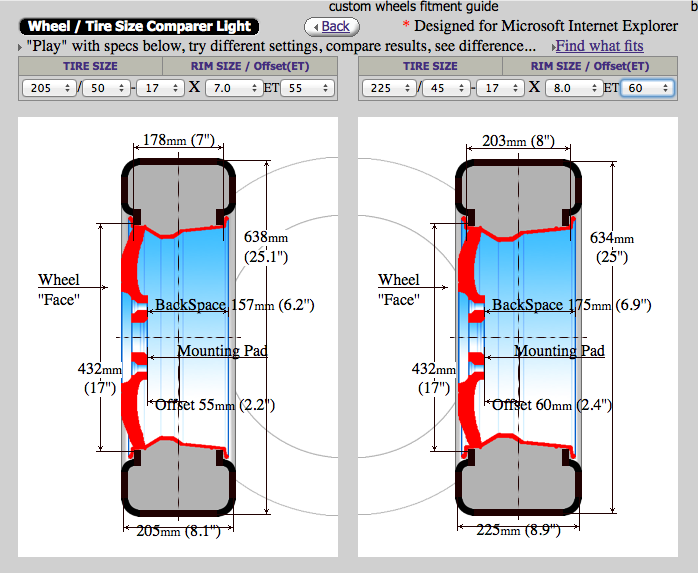 Load Range is an older measure of tire carrying capacity equivalent to
ply rating. The ply rating isn’t directly tied to the number of plies used in construction, so we recommend using Load Index when
appropriate. Load ranges are arranged in alphabetical order starting with the letter “A”. The ply ratings (load range) combined with the tire size tell you the tire load capacity.
Load Range is an older measure of tire carrying capacity equivalent to
ply rating. The ply rating isn’t directly tied to the number of plies used in construction, so we recommend using Load Index when
appropriate. Load ranges are arranged in alphabetical order starting with the letter “A”. The ply ratings (load range) combined with the tire size tell you the tire load capacity.
The load range on replacement tires must meet or exceed the recommendation on your vehicle’s door placard or owner’s manual. It can be higher than recommended but never lower.
| LOAD RANGE | PLY RATING |
|---|---|
| A | 2 |
| B | 4 |
| C | 6 |
| D | 8 |
| E | 10 |
| F | 12 |
Les Schwab Tip: Some cars, including electric vehicles, may require tires with a higher load range due to weight with and without passengers.
If this seems confusing. Don’t worry. The pros at Les Schwab will show you all of your options, including the size, load range, and load index you need for work, weekends, or your daily commute.
Let me focus on the parameters, which are the names of all types, which should come off the assembly line of any virobnik plant.
Modern passenger cars are equipped with tubeless radial tires, which in most types can be marked with the letter R, as it means the presence of a radial cord in the tire (although this symbol means the radius of the tire).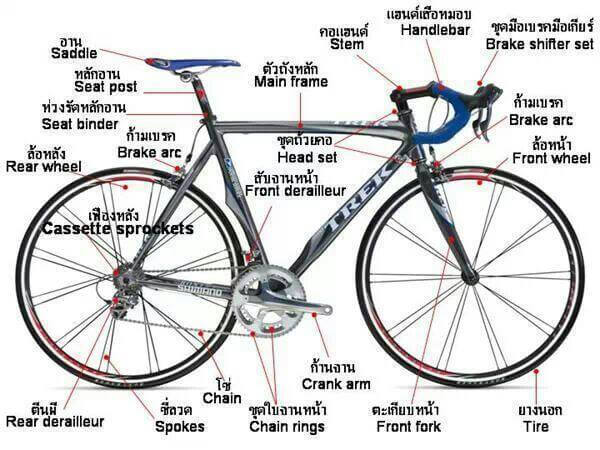
Long-term digital identification - tire size, which is the fault of the recommended tire manufacturer.
Rubber marking 215/55 R16 91 V
215 – Information about the profile width, which is given in mm.;
55 – Width of width of the lining height in її width, commoner profile. Tires with an indicator lower than 50% are recommended for low profile tires. If you look at 185 / R14C, it means that you have a full-profile tire in front of you.
R - Radial type of construction, as it increasingly replaces the less productive diagonal (D) type of construction. .
16 - Seating diameter in inches. This is the diameter of the inner stake of the tire, in which the disk is inserted, it is adjusted to the outside diameter.
91 - Interest index. Rozahovuєtsya on one wheel and for passenger cars is not a virishal show, the oscills sound like a virobnik to make a good supply. However, for light-duty cars and minibuses, this parameter is important to be safe and not exceed the allowable value.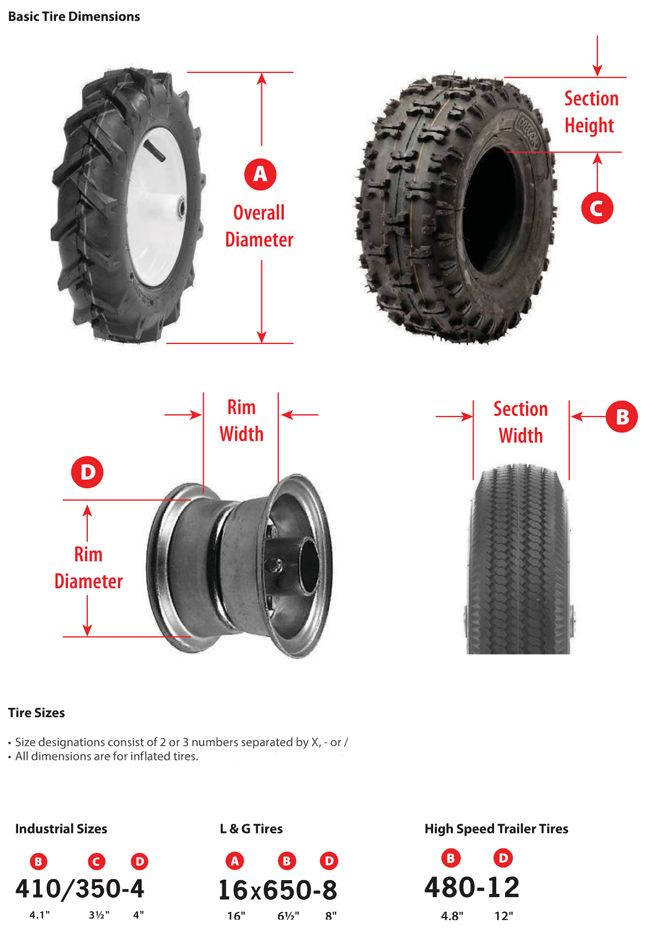 At a glanced slope, ІН allows loading up to 670 kg
At a glanced slope, ІН allows loading up to 670 kg
| Loading index | Loading on the tire, kg 029 257 | 82 | 475 | 103 | 900 |
| 62 | 265 | 83 | 487 | 104 | 900 |
| 63 | 272 | 84 | 500 | 105 | 925 |
| 64 | 280 | 85 | 515 | 106 | 950 |
| 65 | 290 | 86 | 530 | 107 | 975 |
| 66 | 9000 300 300 | 87 | 545 | 108 | 1000 |
| 67 | 307 | 88 | 560 | 109 | 1030 |
| 68 | 315 | 89 | 580 | 110 | 1060 |
| 69 | 325 | 90 | 600 | 111 | 1090 |
| 70 | 335 | 91 | 615 | 112 | 1120 |
| 345 | 92 | 630 | 113 | 1150 | |
| 72 | 355 | 93 | 650 | 114 | 1180 |
| 73 | 365 | 9000 94 | 670 | 115 | 9000 215 |
| 74 | 375 | 95 | 690 | 116 | 1250 |
| 75 | 387 | 96 | 710 | 117 | 1285 |
|
| 400 | 97 97 97 97 97 97 970005 | 730 | 118 | 1320 |
| 77 | 412 | 98 | 750 | 119 | 1360 |
| 78 | 425 |
| 775 |
| 1400 |
| 79 | 437 | 100 | 800 | ||
| 80 | 450 | 101 | 825 |
V – Friability index. This parameter is indicated by Latin letters and indicates the boundary width, which can be changed
This parameter is indicated by Latin letters and indicates the boundary width, which can be changed
| Be careful! Exceeding the allowable value of speed should be carried out before emergency situations. The shifting speed is 10-15% lower than the established index, which is optimal for a safe ride. The new set of tires is to blame for the mother's swidkisny mode, not lower, lower on the tires of the primary configuration and re-tuning with the recommendations of the car maker. In the winter season, it is permissible to install tires with a lower swedish index, interfacing with the same swedish speed. Like an American made tire....Deciphering the marking of tires of American manufacture may have its own peculiarities. The markings are marked in two systems: “P-metric” (similar to the European marking, the letter P is placed before the rozmir, as a lightweight tire and LT, as we have light tires. American tire branding
What does tire marking mean?
Season I POST IMODE: Valnia, Yaki characterize the species of the weather for the sequence of Autonomous Autonomous Okrug: M+S "Mud and Snow, Brudiznig), Winter (winter), Winter (winter) Rain (snow), Water or Aqua (water), All Season North America AW (Any Weather) A/T - all rubber tires Symbol of the Russian top - winter tires, with different indications, yakibulipidtverzhenіvhodіtestіv. Traction A, B and C - Wet galvanizing step. Temperature А, В abo С — thermostability of the tire in Russia on high speeds, de А — the best value. Spike - studded gum STUDDABLE - ability to stud0038 Outside and Inside - designation of the inner and outer parts of the asymmetric tread design. Installing a tire on a car, write Outsade or Side Facing Out is to blame for the outer side, and the signature Inside or Side Facing Inwards is from the inner part. Rotation – the tread is marked with an arrow in the direction of block rotation. It shows straight ahead the wrapping of the wheel. Left — the tire is to be found on the left side of the car (transferring models for the left and right sides). Right - the tire is to be found on the right side of the car (transferring models for the left and right sides). Design Features Tubeless If you wrote daily or wrote Tube Type, then a priori the tire is to be operated with a camera. Radial (R in size) — radial design gumi Steel - construction includes metal cord. C - Commercial to be installed in the world on tires for light vehicles and minibuses. Talk about building a frame. XL - Extra Load, reinforced tire, load index 4 units higher than the standard value for the same size. Retread DA (stamp) - the presence of non-critical mechanical defects that do not affect normal operation. DEMO - installed, but after removing the tires, as if they were under warranty. RunFlat System Component RSC (RunFlat System Component) — RunFlat tires with increased daily pressure in the wheel as a result of a puncture or damage to the building tire on the flatness of up to 80 km / year, continue 30 to 80 km. In the fallage type, the technology is assigned to different markings: Dunlop - DSST (Dunlop Self-Supporting Technology), Bridgestone - RFT (Run-Flat Tire), Continental - SSR (Self-Supporting Run-Flat), 4 Goodyear-RunOnFlat,Nokian - Run Flat, Michelin - ZP or ZP SR (Zero Pressure) etc. DOT (Department of Transportation—USA), conforms to American water quality standards. Green X is the brand name of the Michelin brewer, a note about the energy-saving power of the tire. The tire is economical and complies with environmental standards. Marking cost after the size of the world. Homologated, improved tires for a specific car MO - for Mercedes. It is possible to win on cars of other brands. MO1 - for Mercedes SL65 AMG cars. N0, N1, N2, N3 - for Porsche and Volkswagen Touareg. AO - for Audi. RO1 - for Audi Quattro RS6, RS4 and R8. VO - for Volkswagen Touareg. A - for Toyota Auris vehicles. B - for Bentley Continental GT cars. J - for Jaguar vehicles. * - for cars in the BMW group (BMW, Mini). * BMW M - tire homologation for BMW M cars (Motorsport: M3, Z4M, M5 and M6). C1 - for Chrysler Viper vehicles. It is not recommended to stop on the cars of other car dealers. In order to select the rubber for the rims as accurately as possible, you should first study the marking of the rims: Marking of the rim with dimensional indicators R13 4x98 ET35 J5 D58.6
It is the latter that plays the main role in matching tires and rims. In order to choose the right wheels for tires on passenger cars, you can use the table compiled by the specialists of Avtotire Kom. Or you can use the selection of wheels for the car by going to by reference . Tire and wheel matching table
Read this section
| ||||||||||||||||||||||||||||||||||||||||||||||||||||||||||||||||||||||||||||||||||||||||||||||||||||||||||||||||||||||||||||||||||||||||||||||||||||||||||||||||||||||||||||||||||||||||||||||||||||||||||||||||||||||||||||||||||||||||||||||||||||||||||||||||||||||||||||||||||||||||||||||||||||||||||||||||||||||||||||||||||||||||||||||||||||||||||||||||||||||||||||||||||||||||||||||||||||||||||||||||||||||||||||||||||||||||||||||||||||||||||||||||||||||||||||||||||||||||||||||||||||||||||||||||||||||||||||||||||||||||||||||||||||||||||||||||||||||||||||||||||||||||||||||||||||||||||||||||||||||||||||||||||||||||||||||||||||||||||||||||||||||||||||||||||||||||||||||||||||||||||||||||||||||||||||||||||||||||||||||||||||||||||||||||||||||||||||||||||||||||||||||||||||||||||